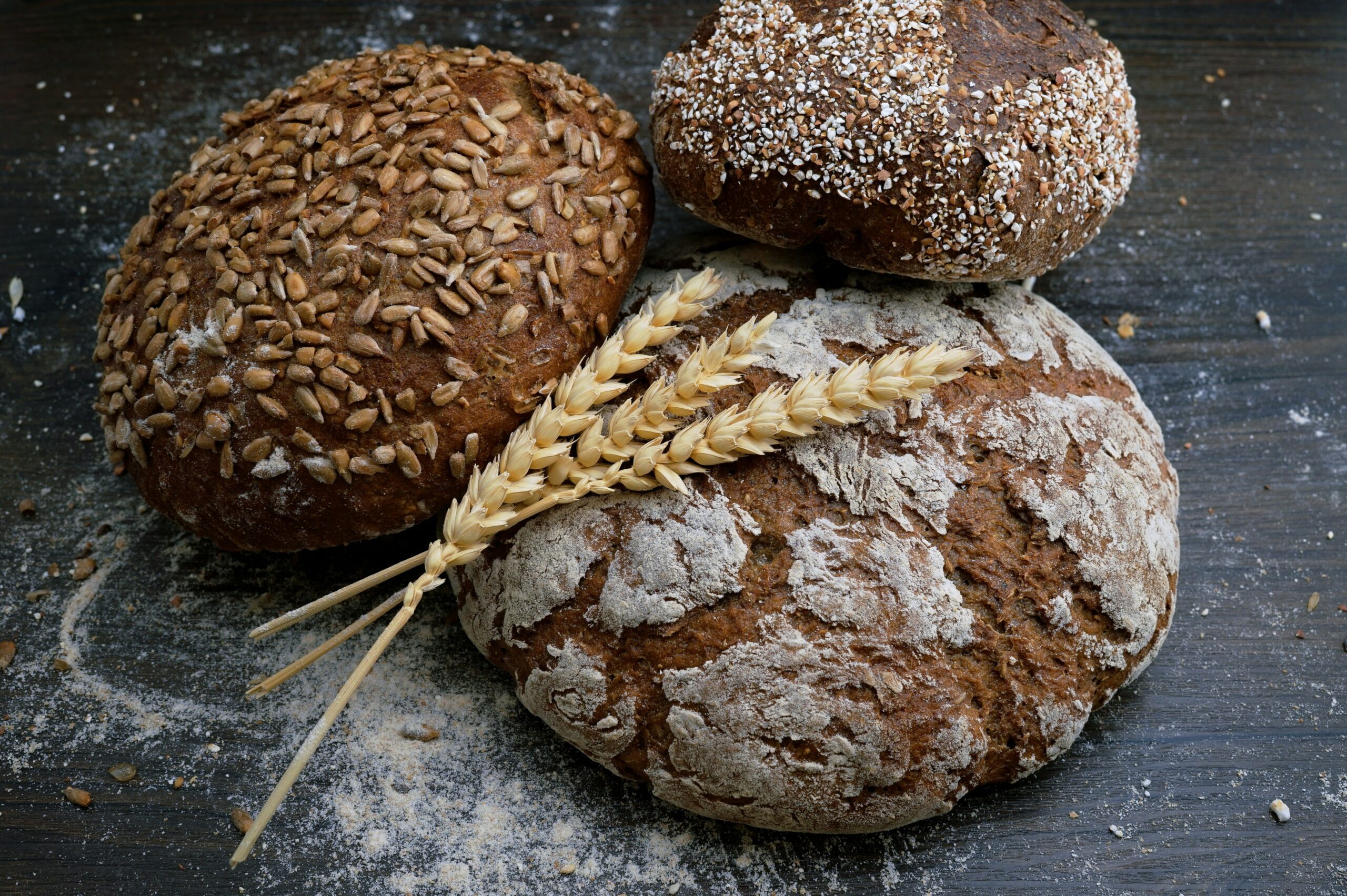Fiber is a powerhouse nutrient that plays a crucial role in digestion, heart health, weight management, and more. Yet, most people don’t get enough of it in their daily diet. So, how much fiber do you actually need, and where can you get it? Let’s break it down.
What Is Fiber?
Dietary fiber is a type of carbohydrate that your body can’t digest. Instead of being broken down and absorbed like other carbs, fiber passes through your digestive system, helping to regulate digestion, support gut health, and keep you feeling full.
There are two main types of fiber:
- Soluble fiber dissolves in water and helps lower cholesterol and regulate blood sugar. Found in oats, beans, lentils, and fruit.
- Insoluble fiber adds bulk to stool, promoting regular bowel movements. Found in whole grains, nuts, seeds, and vegetables.
Both types are essential for overall health!
How Much Fiber Do You Need?
The recommended daily intake of fiber varies by age and gender:
| Group | Daily Fiber Recommendation |
| Women (under 50) | 25 grams |
| Women (50 and older) | 21 grams |
| Men (under 50) | 38 grams |
| Men (50 and older) | 30 grams |
| Children (1-18 years) | 14-31 grams (varies by age) |
Despite these recommendations, the average US citizen only consumes about 15 grams per day—far below the ideal intake.
Health Benefits of Fiber
Getting enough fiber can lead to several health benefits:
- Improved Digestion – Prevents constipation and promotes gut health.
- Heart Health – Lowers cholesterol and supports healthy blood pressure.
- Blood Sugar Control – Helps prevent spikes in blood sugar levels.
- Weight Management – Keeps you full longer, reducing cravings.
- Reduced Risk of Chronic Disease – Linked to lower risks of heart disease, diabetes, and colorectal cancer.
Best High-Fiber Foods
If you’re looking to boost your fiber intake, here are some of the best sources:
- Fruits: Apples, pears, berries, oranges
- Vegetables: Broccoli, carrots, Brussels sprouts, spinach
- Legumes: Lentils, chickpeas, black beans, kidney beans
- Whole Grains: Oats, quinoa, brown rice, whole wheat bread
- Nuts & Seeds: Chia seeds, flaxseeds, almonds, sunflower seeds
Tips for Increasing Fiber Intake
- Start Slow: Increase fiber gradually to prevent bloating or discomfort.
- Stay Hydrated: Drink plenty of water to help fiber move smoothly through the digestive tract.
- Choose Whole Foods: Opt for whole grains instead of refined grains.
- Snack Smart: Swap processed snacks for fiber-rich options like nuts or fruit.
- Read Labels: Look for products with at least 3-5 grams of fiber per serving.
Final Thoughts
Fiber is an essential nutrient that supports digestion, heart health, and overall well-being. By incorporating more fiber-rich foods into your diet, you can improve your health and feel your best.
Need one-on-one diet and health support?
Get the best personalized, comprehensive care that addresses root causes instead of symptom management.
- Improve your quality of life
- Achieve your healths goals
- Pay as little as $0 with insurance



